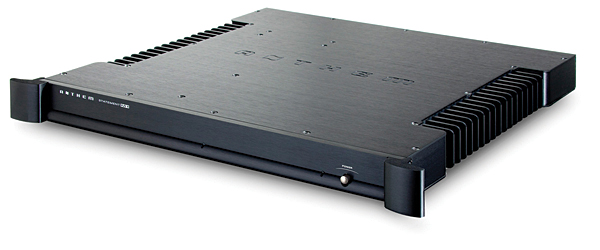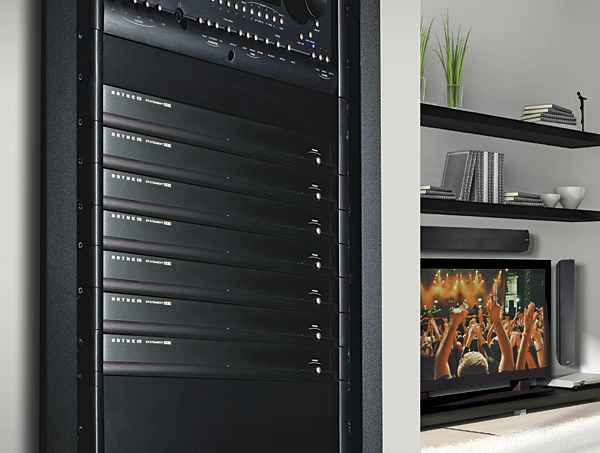| Columns Retired Columns & Blogs |
Having read this review and the Mark Levinson review above, I'm having my doubts about class-D. It's been around for a while (not sure, did 47's Gain Card first employ this?) and certainly has its benefits in getting a lot of power out of a small package. Ideal for subwoofers I think, but what about the rest of the system? Do you think this technology will further develop into something truly great, or will class A/AB rule the roost?
Also a minor typo: a price discrepancy: "costs $3499 each, $7498/pair" the specs section has what appears to be the correct price though.














































